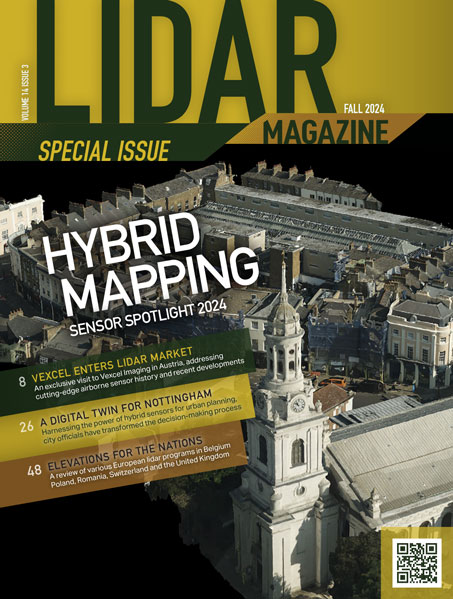Leicestershire, 02 July 2013 – Working in partnership with scientists at the University of Leicester aerial mapping company Bluesky has assisted in the completion of a project to map levels of nitrogen dioxide in the city of Leicester. By installing ground breaking pollution detecting technology on an air survey plane the Airborne Air Quality Mapper (AAQM) project was able to accurately capture and record levels of nitrogen dioxide across the east midlands city. The heatmap style images were overlaid on Google Earth and revealed distinct differences in air quality between green, wooded areas and busy road junctions and areas of industry.
This is the first time anyone in the UK has been able to use airborne devices to map pollution levels across whole cities, said Project Leader Dr Roland Leigh of the Earth Observation Science group at the University of Leicester. Dr James Lawrence, Research Associate, who developed much of the AAQM instrument and flew with it during test flights added, We have a world first spectrometer which shows where the major emissions are occurring typically in industrial or heavy traffic areas.
Air pollution costs the UK government 20 billion a year and is said to be the second biggest threat to public health after smoking, commented Blueskys Technical Director James Eddy. By working with physicists at the University of Leicester we can help get an understanding of potential causes and contribute to monitoring programmes and research to minimise emissions
in cities around the world.
The AAQM project utilised the University of Leicesters world leading Compact Air Quality Spectrometer, mounted on a dedicated aerial survey aircraft. The device monitors visible light and measures how much light is lost at specific wavelengths absorbed by NO2. The technology has previously been used as part the CityScan project with devices mounted on tall buildings in Leicester, Bologna and London during the Olympics to build 3D maps of pollution across the cities.
Nitrogen dioxide (NO2) is part of a group of highly reactive gasses known as nitrogen oxides. NO2 forms quickly when fossil fuels are burned for example petrol or diesel in a car or natural gas in a domestic boiler or power station. There is clear evidence that high levels of NO2 can have adverse effects on health including increased risk of respiratory illnesses such as bronchitis and even heart attacks.
CONTACTS:
Reader enquiries to Bluesky on tel +44 (0)1530 518 518 Editorial enquiries, contact Robert Peel on tel +44 (0)1666 823306 Colour separation requests to robert@market-it.co.uk www.bluesky-world.com
Notes for Editors:
Bluesky is a UK-based specialist in aerial imaging and remote sensing data collection and processing. An internationally recognised leader with projects extending around the globe, Bluesky is proud to work with prestigious organisations such as Google, the BBC and Government Agencies.
Bluesky has unrivalled expertise in the creation of seamless, digital aerial photography, 3D landscape/cityscape visualisations and prints and also runs a national mapping centre, providing digital mapping, satellite imagery and aerial photography including ultra-high resolution imagery of cities and towns.
Bluesky is now leading the way developing innovative solutions for environmental applications including the UKs first nationwide map of solar potential, citywide heat loss maps, 3D maps of trees and their proximity to b uildings and historical imagery. For further information visit www.bluesky-world.com
The Earth Observation Science group, based in the Space Research Centre at the University of Leicester is an internationally recognised multi-disciplinary team dedicated to research into many aspects of remote sensing, atmospheric and Earth surface science. For further information including details of group members, current research and publications visit www.leos.le.ac.uk
